Connecticut, known as the “Nutmeg State,” harbors an array of captivating fun facts that delve into its rich history and cultural tapestry. This northeastern gem, with its idyllic landscapes and dynamic cities, offers a treasure trove of intriguing tidbits that will ignite your curiosity.

To embark on this fascinating journey, let’s first uncover the hidden gems of Connecticut’s historical landmarks. Connecticut boasts the nation’s oldest public library, the Scoville Memorial Library, founded in 1771. This venerable institution continues to inspire bookworms and history enthusiasts alike.
Venture further into the Nutmeg State’s charming eccentricities, where you’ll find a distinctive culinary tradition. Stepping into the world of steamed cheeseburgers, Connecticut’s quirky claim to fame is epitomized by its unique dish, a culinary treasure that draws both locals and adventurous foodies from far and wide.
Geographical Features of Connecticut
- Location: New England, Northeastern USA
- Borders: Massachusetts, New York, Rhode Island
- Mountain Ranges: Litchfield Hills, Taconic Mountains
- National Parks: Weir Farm National Historic Site
- Rivers: Connecticut River, Housatonic River
- Lakes: Candlewood Lake, Bantam Lake
- Forests: Pachaug State Forest, Shenipsit State Forest
- Long Island Sound: Coastal estuary and waterbody
- Islands: Fishers Island, Thimble Islands
- Waterfalls: Kent Falls, Wadsworth Falls
- Coastal Plains: Southern Connecticut’s flat expanses
- Historic Sites: Mark Twain House, Harriet Beecher Stowe Center
- Birdwatching: Diverse bird species, including warblers and herons
- State Parks: Hammonasset Beach State Park, Sleeping Giant State Park
Also Read this: 50 Fascinating & Fun Facts About Minnesota State
Connecticut’s Key State Symbols and Facts Governor
- Governor: Ned Lamont
- Capital City: Hartford
- Largest City: Bridgeport
- Nicknames: Constitution State, Nutmeg State, and Land of Steady Habits
- State Motto: Qui Transtulit Sustinet (He Who Transplanted Still Sustains)
- State Bird: American Robin
- State Flower: Mountain Laurel
- State Tree: White Oak
- State Animal: Sperm Whale
- State Fish: American Shad
- State Reptile: Eastern Box Turtle
- State Area: Covering 5,543 square miles
- Highest Point: Bear Mountain
Also read this 50 Captivating Fun Facts about the Granite State – New Hampshire!
Quick fun facts about Connecticut
- The very first dictionary was published in Connecticut.
- Connecticut has the Oldest Steam-Powered Cider Mill in the US.
- Yale University was the first school in the United States to offer a PhD.
- The Connecticut state animal is the sperm whale.
- ESPN started in Connecticut.
- The Connecticut state insect is the praying mantis.
- Connecticut is home to the first publicly funded library in the US.
- In 1809, Mary Kies was the first woman to receive a patent in the US.
- The name of Connecticut is a Native American phrase meaning “river whose water is driven by tides or winds.”
- Its nickname is the “Constitution State.”
- Louis Lassen created the first hamburger in his restaurant, Louis’ Lunch.
- George W. Bush is the only U.S. president, to date, born in Connecticut.
- Bristol, Connecticut, is referred to as “Mum City.”
- Mystic Seaport in Connecticut is the largest maritime museum in the world.
- Music Vale, the United States’ first music school to confer music teaching degrees, was located in the town of Salem.
- The Hartford Courant began in 1764 and is the United States’ oldest newspaper still being published today.
- Mark Twain created and patented a scrapbook with pre-applied adhesive on its pages.
- Connecticut is one of the most densely populated states in the U.S.
- John Haynes was Connecticut’s first governor.
- The town of Washington was incorporated in 1779.
- In Hartford, it’s illegal to cross the street by walking on your hands.
- It’s against the law to walk backward after sunset in Devon, Connecticut.
- In 1901, Connecticut set the first speed limit in the United States at 12 mph.
- Orange, Connecticut, is home to the PEZ factory.
- Hartford, the state’s capital, is known as the “Insurance Capital of the World.”
The Charter Oak Tree
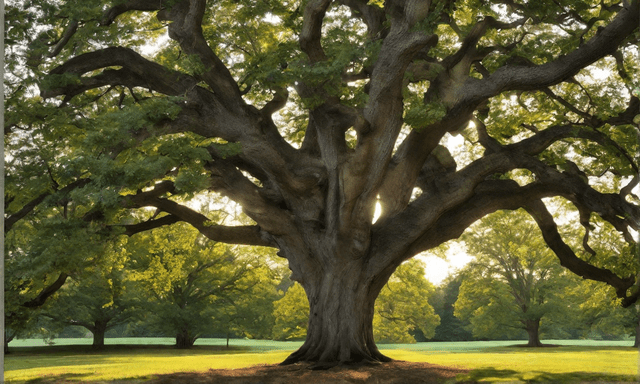
To begin our journey, let’s explore the historic Charter Oak, a living testament to Connecticut’s quest for independence. In 1687, the tree’s hollow trunk concealed the colonial charter, signifying the state’s unwavering commitment to freedom.
Birthplace of the Hamburger
Journey to Bridgeport, where the delectable history of the hamburger unfolds. Louis’ Lunch, founded in 1895, still serves its iconic burgers sandwiched between slices of toasted white bread, a tradition cherished by burger enthusiasts.
Literary Giants
In the literary realm, Connecticut claims two luminaries: Mark Twain and Harriet Beecher Stowe. Twain, the author of “The Adventures of Huckleberry Finn,” and Stowe, renowned for “Uncle Tom’s Cabin,” both left an indelible mark on American literature.
Pez Dispensers

Dive into the sweet world of PEZ, where the first candy dispensers were born. Initially marketed as an alternative to smoking, these iconic collectibles were distributed without character heads, a far cry from their current colorful incarnations.
Yale University
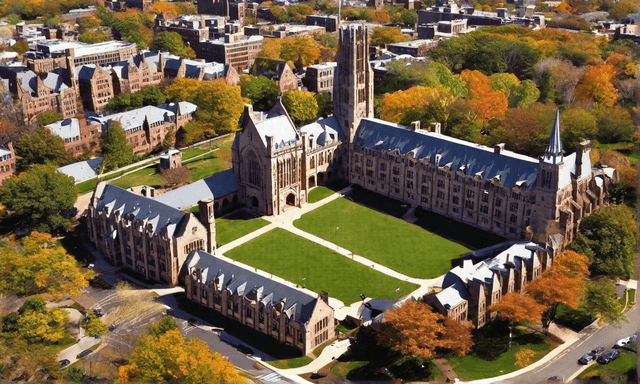
Yale University, nestled in New Haven, stands as one of the Ivy League’s esteemed institutions. It traces its roots back to 1701 and continues to shine as the third-oldest university in the United States, upholding a legacy of academic excellence.
Mystic Seaport
Embrace maritime history at Mystic Seaport, the world’s largest maritime museum. Here, historic vessels and captivating exhibits invite you to embark on a voyage through New England’s seafaring heritage.
Connecticut Wine Trail
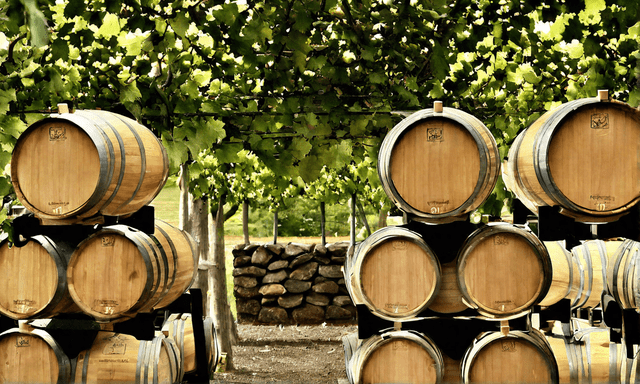
For wine aficionados, Connecticut offers a burgeoning wine industry with over 30 wineries along the Connecticut Wine Trail. Each winery welcomes visitors to savor local wines in picturesque vineyard settings.
Lively Lighthouses
Connecticut’s picturesque coastline is adorned with charming lighthouses, each with a unique history and breathtaking views. These iconic beacons have guided sailors safely for centuries.
Revolutionary Roots
Step back in time to the Amistad Incident of 1839, a pivotal moment in Connecticut’s history. The rebellion aboard the Amistad led to a landmark legal case, forever changing the course of justice.
Aviation Pioneer
In Bridgeport, aviation history takes flight with Gustave Whitehead. Some claim he achieved powered, controlled flight before the Wright brothers, challenging the conventional narrative of aviation history.
Roseland Cottage
Visit Roseland Cottage in Woodstock, a National Historic Landmark boasting a distinctive pink exterior. This architectural masterpiece is a prime example of Gothic Revival design from the mid-19th century.
Gillette Castle State Park
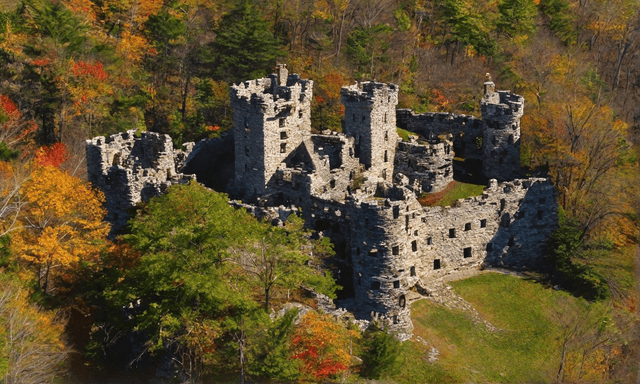
Marvel at the enigmatic Gillette Castle, designed by actor William Gillette. Resembling a medieval fortress, it offers panoramic views of the Connecticut River and features picturesque hiking trails.
Peabody Museum
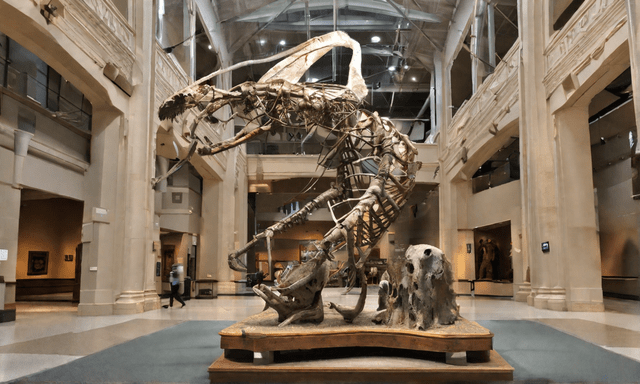
Unearth the treasures of the Peabody Museum of Natural History at Yale. Inside, you’ll find a remarkable collection of dinosaur fossils, Egyptian mummies, and Native American artifacts, providing a captivating glimpse into the past.
Charles Island
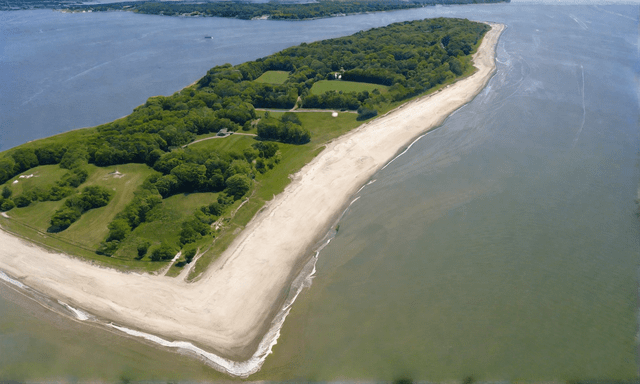
Explore the natural wonder of Charles Island in Milford, connected to the mainland by a sandbar known as a tombolo. During low tide, visitors can venture to the island, a unique experience.
World’s First Telephone Book
Connecticut boasts the world’s first telephone book, published in 1878. This historic directory listed just 50 names and businesses, marking the dawn of a communication revolution.
Essex Steam Train
Board the Essex Steam Train and Riverboat, a vintage journey through the scenic Connecticut River Valley. This nostalgic experience offers a glimpse into the past and a taste of classic travel.
New England Air Museum
Delve into aviation history at the New England Air Museum in Windsor Locks. It houses an extensive collection of aircraft, showcasing the evolution of flight and the pioneers who made it possible.
The Leatherman
In the late 19th century, a mysterious figure known as the Leatherman roamed Connecticut. Clad in a handmade leather suit, he visited a circuit of caves, leaving behind an enduring enigma and folklore.
Charles W. Morgan
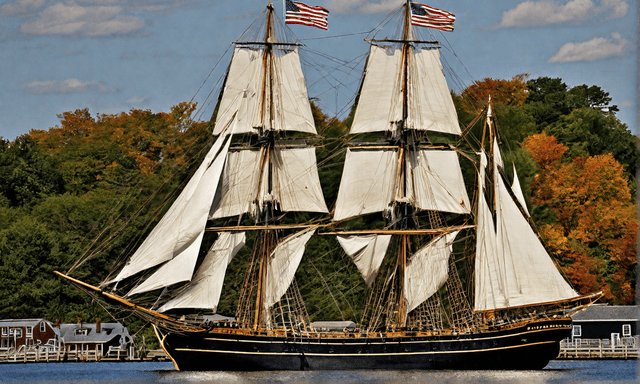
The Charles W. Morgan, the last wooden whaleship in the world, now resides at Mystic Seaport. It offers an immersive experience, shedding light on Connecticut’s rich maritime history and the whaling industry.
Connecticut’s Invention of the Frisbee
Connecticut’s claim to fame extends to the invention of the Frisbee. Bridgeport is the birthplace of this beloved recreational disc, initially crafted from the empty tins of the Frisbie Pie Company.
Revolutionary War Sites
Connecticut played a pivotal role in the American Revolution, with sites like Putnam Memorial State Park preserving the history of Revolutionary War encampments and battles.
Connecticut’s Stonehenge
Gungywamp in Groton presents a mysterious stone formation with Native American origins. Stone chambers, alignments, and walls continue to baffle researchers, offering a captivating glimpse into ancient history.
Oldest U.S. Newspaper Still in Circulation
Hartford boasts the Hartford Courant, the oldest continuously published newspaper in the United States, founded in 1764. It offers a unique window into Connecticut’s historical events and evolving journalism.
The Connecticut Witch Trials
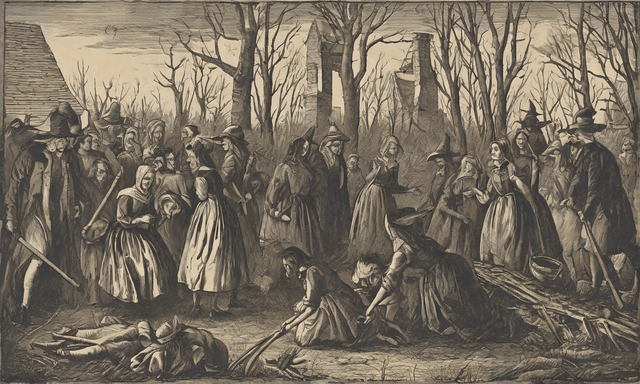
Connecticut has its own dark chapter in history – the Connecticut Witch Trials of the 17th century, predating the more famous Salem witch trials and leaving an indelible mark on the state’s legacy.
Submarine Capital of the World
Groton, Connecticut, has earned the moniker “Submarine Capital of the World” due to its long-standing tradition of submarine construction for the U.S. Navy, shaping the nation’s naval history.
The Nation’s First Speed Limit Law
In 1901, Connecticut implemented the first speed limit law in the United States, restricting vehicles to 12 mph in cities and 15 mph in rural areas. This pioneering legislation laid the foundation for modern traffic regulations.
Lyme Disease
Lyme, Connecticut, lent its name to Lyme disease, a tick-borne illness first identified in the town in the 1970s, highlighting the town’s role in scientific and medical history.
Noah Webster
Noah Webster, a Connecticut native, stands as a lexicographer extraordinaire. His work, including Webster’s Dictionary, left an indelible mark on American English, shaping our language to this day.
Thimble Islands

Branford’s Thimble Islands offer an enchanting archipelago of over 100 islands, each with a unique history and character. A visit here promises a fascinating exploration of nature and folklore.
PEZ Visitor Center
Indulge your sweet tooth at the PEZ Visitor Center in Orange. It’s not just a candy factory but a place where you can explore the history of the candy and view an extensive collection of iconic dispensers.
Hidden Waterfalls
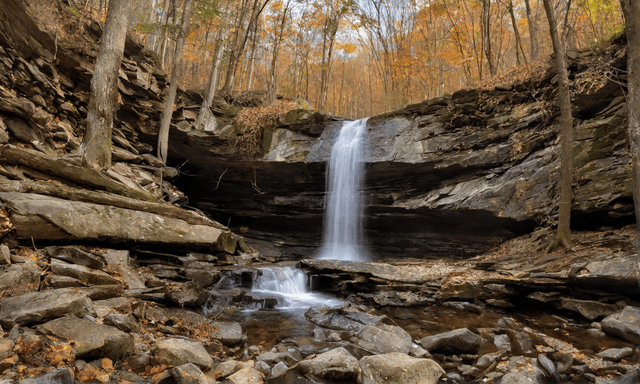
Kent Falls State Park is home to a stunning cascade of waterfalls. As you traverse the park’s picturesque trails, you’ll discover a serene escape into the beauty of nature.
Lake Compounce
Experience the rich history of entertainment at Lake Compounce in Bristol. Founded in 1846, it holds the distinction of being the oldest continuously operated amusement park in the United States.
Lovers Leap State Park
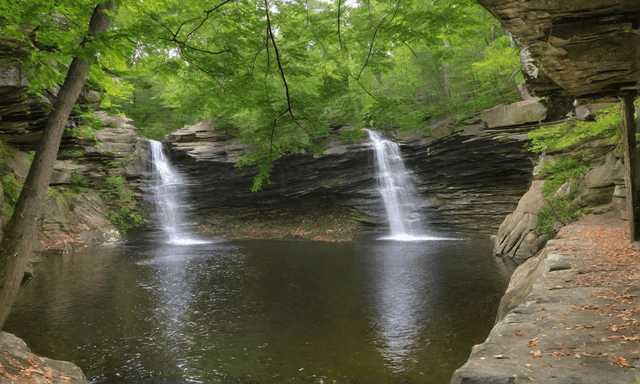
Lovers Leap State Park in New Milford is named after a poignant Native American legend. The story of two lovers leaping from a cliff to be together in the afterlife adds a touch of romance to Connecticut’s history.
Revolutionary War General
Discover the story of Israel Putnam, a Connecticut native who served as a fearless general during the Revolutionary War. His daring leadership and legendary escape from British troops are etched in history.
Oakdale Theatre
The Oakdale Theatre in Wallingford stands as a premier entertainment venue. It hosts a wide range of events, from concerts to comedy shows, drawing renowned artists and entertainers from around the world.
First Cookbook Published in America
Hartford witnessed a culinary milestone with the publication of the first cookbook in America. “American Cookery” by Amelia Simmons, released in 1796, marks a significant moment in culinary history.
Connecticut’s Connection to the Colt Revolver
The Colt Armory in Hartford is synonymous with the Colt revolver, a groundbreaking invention in firearm technology during the 19th century. Samuel Colt’s legacy forever altered the landscape of weaponry.
Iconic Covered Bridges
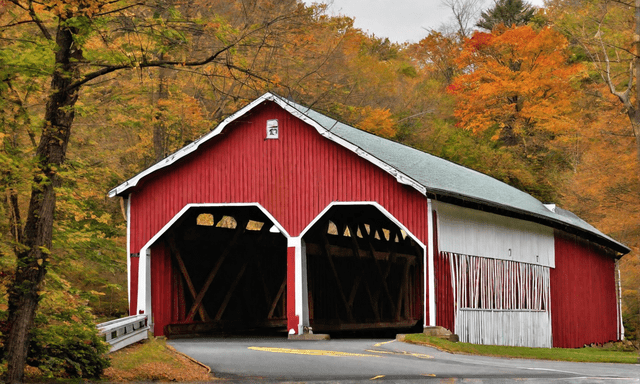
Connecticut boasts several picturesque covered bridges, including Bull’s Bridge and West Cornwall Covered Bridge. These charming structures exude classic New England charm and offer glimpses of a bygone era.
Harriet Beecher Stowe Center
The Harriet Beecher Stowe Center in Hartford pays homage to the author of “Uncle Tom’s Cabin.” It’s a tribute to her contributions to literature and social justice, offering a glimpse into her world.
Connecticut River
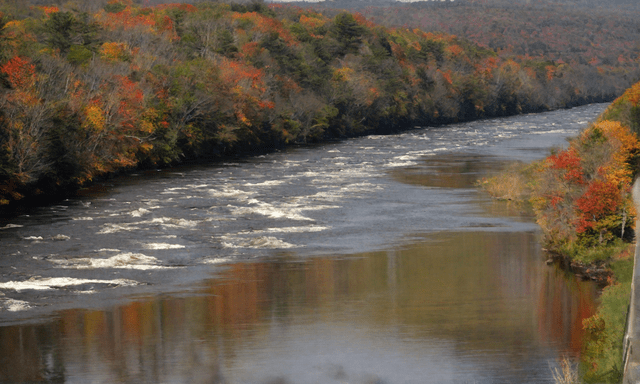
Meandering for 410 miles, the Connecticut River is the longest river in New England. It offers a haven for boating, fishing, and exploration, providing a lifeline to the region.
UFO Capital of the World
Litchfield County’s reputation as the “UFO Capital of the World” beckons enthusiasts and investigators. The area is known for numerous sightings and unexplained phenomena, fueling the intrigue surrounding extraterrestrial encounters.
Salem, Connecticut
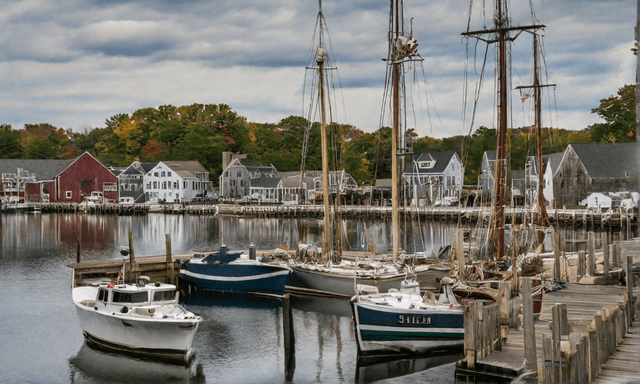
Salem, a quaint coastal town, has preserved its historic seafaring character. It beckons visitors to explore Connecticut’s maritime heritage and experience the charm of a bygone era.
America’s First Speedboat Race
The United States witnessed its inaugural motorboat race on the Connecticut River in 1867. This momentous event marked the inception of a popular and thrilling sport that continues to captivate enthusiasts.
Whitlock’s Book Barn
Whitlock’s Book Barn in Bethany beckons bibliophiles with its vast collection of rare and antique books. Set in a historic setting, it offers an immersive journey through literary history.
Black Rock Fort
Black Rock Fort in Bridgeport stands as a living relic of the American Revolution. It served as a coastal defense, reminding visitors of Connecticut’s wartime history and its role in defending the nation.
The Flood of 1955
The Flood of 1955 left an indelible mark on Connecticut’s history, a moment of both devastation and resilience. It triggered significant changes in flood control and management, shaping the state’s approach to disaster preparedness.
Dinosaur State Park

Rocky Hill’s Dinosaur State Park preserves a remarkable fossil trackway of prehistoric footprints, dating back to the early Jurassic period. It offers a window into the world of dinosaurs and their ancient environment.
Mark Twain House
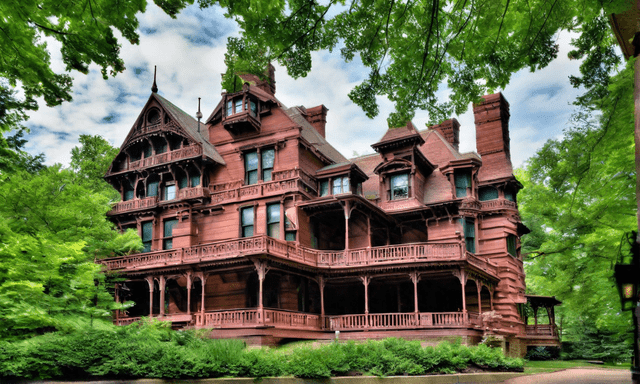
The Mark Twain House in Hartford is more than just a historic residence; it’s a literary haven. It’s where the famous author penned some of his most beloved works, providing insight into his life, creativity, and the era in which he lived.
Connecticut’s Unique Geological Formation
Connecticut boasts a geological anomaly known as the “fall line.” This distinctive feature separates the rugged upland terrain of northern New England from the coastal plain, offering an intriguing geological story.
Pequot War
The Pequot War of 1637 holds a prominent place in Connecticut’s history. This defining conflict led to the English colonization of the region, marking a pivotal moment in the state’s founding and shaping its future.
FAQs
Answer: The Charter Oak is a symbol of Connecticut’s quest for independence. In 1687, it concealed the colonial charter, signifying the state’s unwavering commitment to freedom.
Answer: Mark Twain and Harriet Beecher Stowe are two prominent literary figures. Mark Twain is known for “The Adventures of Huckleberry Finn,” while Harriet Beecher Stowe is renowned for “Uncle Tom’s Cabin.”
Answer: The hamburger was born in Bridgeport, and you can still savor this culinary delight at Louis’ Lunch, where it’s served on toasted white bread.
Answer: The Thimble Islands, located off the coast of Branford, offer an archipelago of over 100 islands, each with a unique history and character, making them a fascinating destination for exploration.
Answer: Groton is known as the “Submarine Capital of the World” because of its long-standing tradition of submarine construction for the U.S. Navy, which has played a pivotal role in shaping the nation’s naval history.